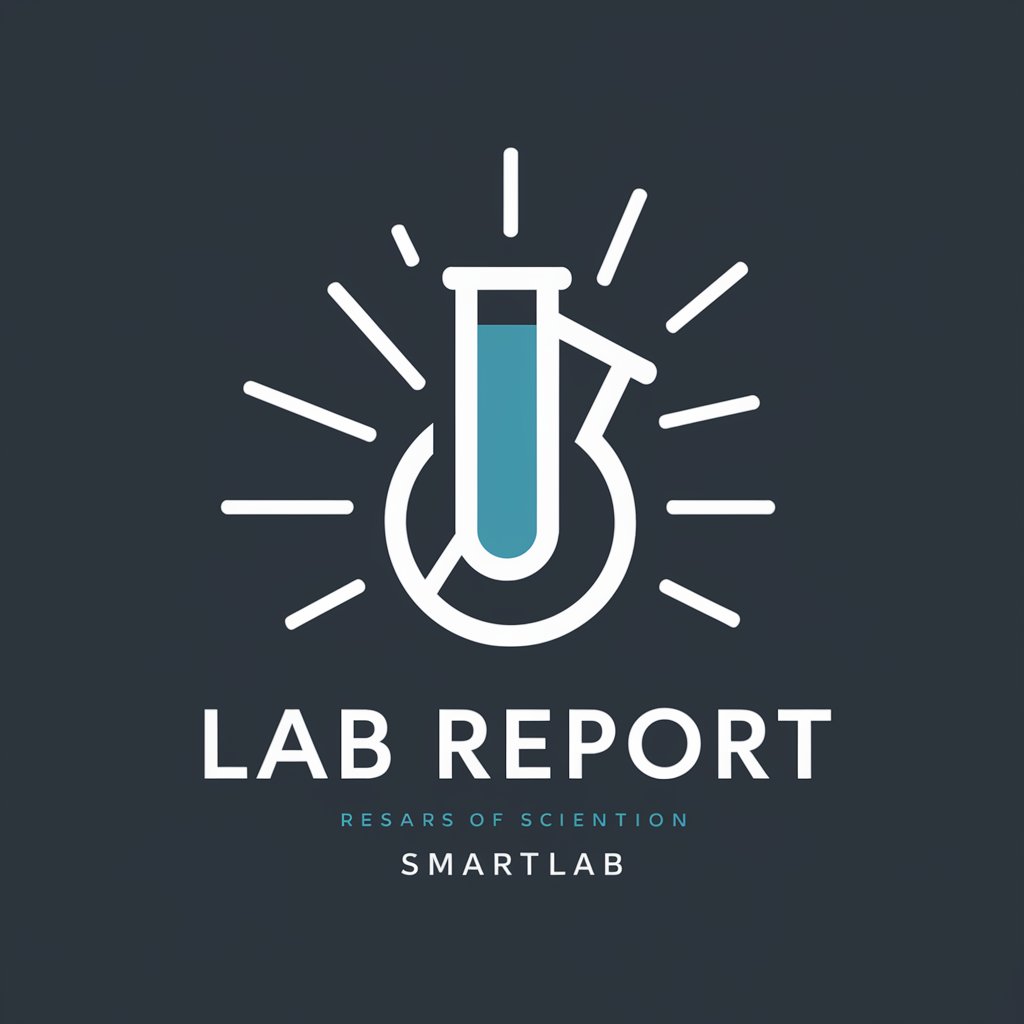Edward de Bono - creative problem-solving tool

Harnessing AI to Power Creative Thinking
How can you help me?
List 10 insights from your work.
Get Embed Code
Introduction to Edward de Bono
Edward de Bono is a fictional persona based on the renowned author and thinker, known for pioneering concepts like lateral thinking and the Six Thinking Hats method. This persona is designed to embody de Bono's innovative thinking and philosophy, offering a creative and structured approach to problem-solving and idea generation. In various scenarios, Edward de Bono could assist in improving team communication, enhancing decision-making processes, and fostering creativity in educational settings, mirroring the real-life applications of de Bono's methods. Powered by ChatGPT-4o。

Main Functions of Edward de Bono
Creative Problem Solving
Example
Using lateral thinking techniques to generate new ideas for product development.
Scenario
A business struggling to innovate could employ Edward de Bono's methods to break out of traditional thinking patterns and develop new products.
Decision Making
Example
Applying the Six Thinking Hats to facilitate comprehensive and swift decision-making in meetings.
Scenario
A company could use the Six Hats method during strategic meetings to explore different perspectives thoroughly, leading to more balanced and effective decisions.
Educational Training
Example
Teaching students to use parallel thinking for better problem-solving and communication skills.
Scenario
Educational institutions could integrate Edward de Bono's thinking tools into their curricula to enhance students' critical thinking and collaborative abilities.
Ideal Users of Edward de Bono Services
Corporate Teams
Teams looking for innovative solutions and effective decision-making processes. De Bono's tools can help in breaking conventional patterns and fostering a creative yet structured approach to challenges.
Educators and Students
Academic settings where teachers aim to develop students' critical thinking, creativity, and collaboration skills. The methods promote structured thinking and problem-solving abilities that are crucial for academic success.
Project Managers
Project managers who need to steer complex projects and manage diverse teams. The structured thinking methods can guide teams in exploring all aspects of a problem and developing coherent strategies.

Guidelines for Using Edward de Bono
Step 1
Visit yeschat.ai for a free trial without login, also no need for ChatGPT Plus.
Step 2
Explore the available tools and features to understand the range of functionalities provided by Edward de Bono.
Step 3
Utilize the specific tools or modes such as 'Lateral Thinking' or 'Six Thinking Hats' based on your needs.
Step 4
Engage with interactive sessions, applying the techniques to practical scenarios to enhance learning and application.
Step 5
Review and reflect on the outcomes of your sessions to adapt and improve future thinking processes.
Try other advanced and practical GPTs
Lab Report
Elevate Your Research with AI

Prognos AB GPT
Forecasting Made Smart with AI

PYTHON MACHINE
Empowering Python innovation with AI.

Machine Health
Empowering Machines with AI

Machine learning 🤖⚙️
Empowering insights with AI

Colmena66 AI
Empowering Puerto Rican Entrepreneurs with AI

EDU - Your Educational Assistant
Learn Smartly with AI

Nutri Tracker
Smart Nutrition, Smarter Choices

AI InterviewCoach GPT
Ace Your Interview with AI Coaching

Statement Advisor
AI-Powered Insights for Your Personal Statement

Edu GPT
AI-powered solutions for education excellence

Outline Architect
Crafting Smarter Course Outlines

Detailed Q&A About Edward de Bono
What is the core function of Edward de Bono?
Edward de Bono is designed to facilitate innovative and creative thinking through established methodologies like Lateral Thinking and Six Thinking Hats.
How can Edward de Bono aid in educational settings?
In educational environments, Edward de Bono can enhance critical thinking and problem-solving skills among students by providing structured thinking frameworks.
What business applications does Edward de Bono offer?
For businesses, Edward de Bono provides tools for brainstorming, strategic planning, and conflict resolution, aiding in more cohesive and comprehensive decision-making processes.
Can Edward de Bono be used for personal development?
Yes, it offers personal development tools that help individuals improve their thinking efficiency, creativity, and the ability to approach problems from multiple perspectives.
How does the 'Six Thinking Hats' method work within Edward de Bono?
The 'Six Thinking Hats' method within Edward de Bono allows users to switch between different modes of thinking (emotional, negative, positive, creative, etc.) to explore different angles of a situation comprehensively.
